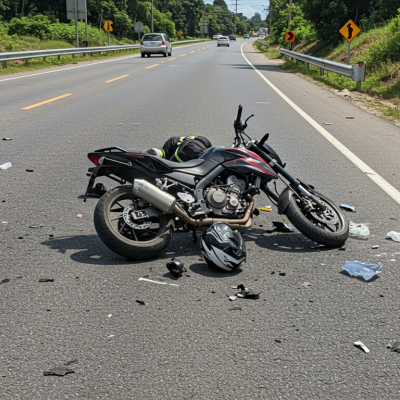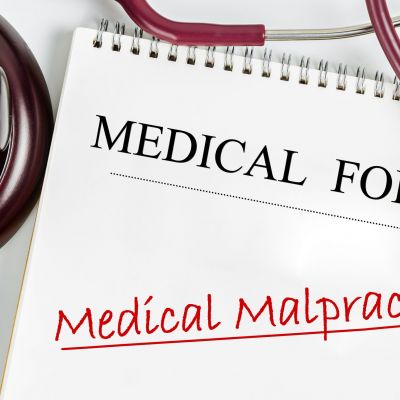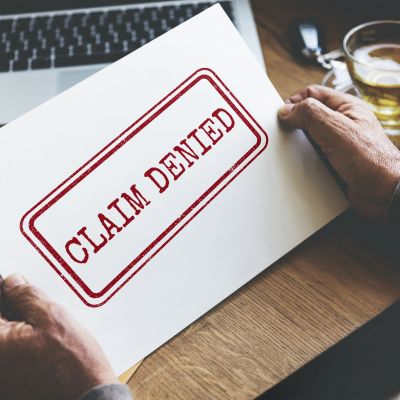Blog
After a motorcycle accident, devastating injuries don’t just keep you focused on getting better–they also cause anxiety as people wonder…
Motorcycle accidents are some of the most dangerous accidents and can lead to life-changing injuries. If you’ve been in a…
Understanding motorcycle insurance requirements in Ohio is crucial for protecting yourself and your assets. As experienced motorcycle accident attorneys, we’ve…
Ohio Motorcycle Helmet Laws: What Riders Need to Know If you’re a motorcycle rider in Ohio, it’s crucial to understand…
Updated Feb 12 2025 by David M. Chester, Ohio Personal Injury Lawyer When pursuing Ohio medical malpractice compensation, most people…
How to collect additional maximum money for injuries caused by hospital medical malpractice? When you believe you have been injured…
After your Ohio accident, you may be contacted by phone (telemarketed) by people representing chiropractors, body shops, car dealers, medical…
Updated 02/04/2025 by David M. Chester, Ohio Personal Injury Lawyer Understanding Ohio insurance bad faith starts with a fundamental principle:…
Many people injured in an Ohio motor vehicle accident believe that in order to be compensated the person who hit…
By Ohio Personal Injury Lawyer David M. Chester Whether you are injured in a motor vehicle accident, truck accident, motorcycle…
by David M. Chester Ohio Personal Injury Lawyer During litigation of an Ohio personal injury case, such as from a…














